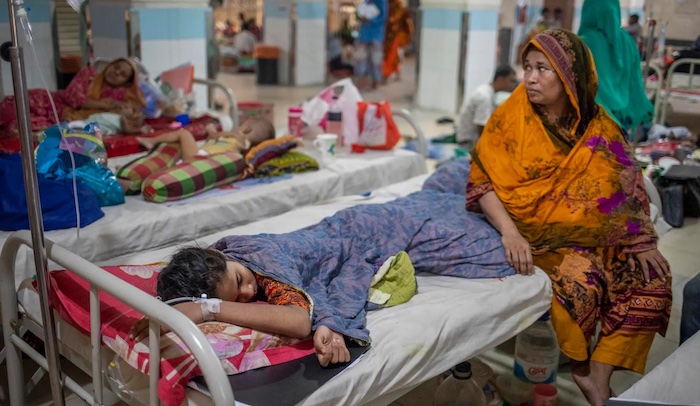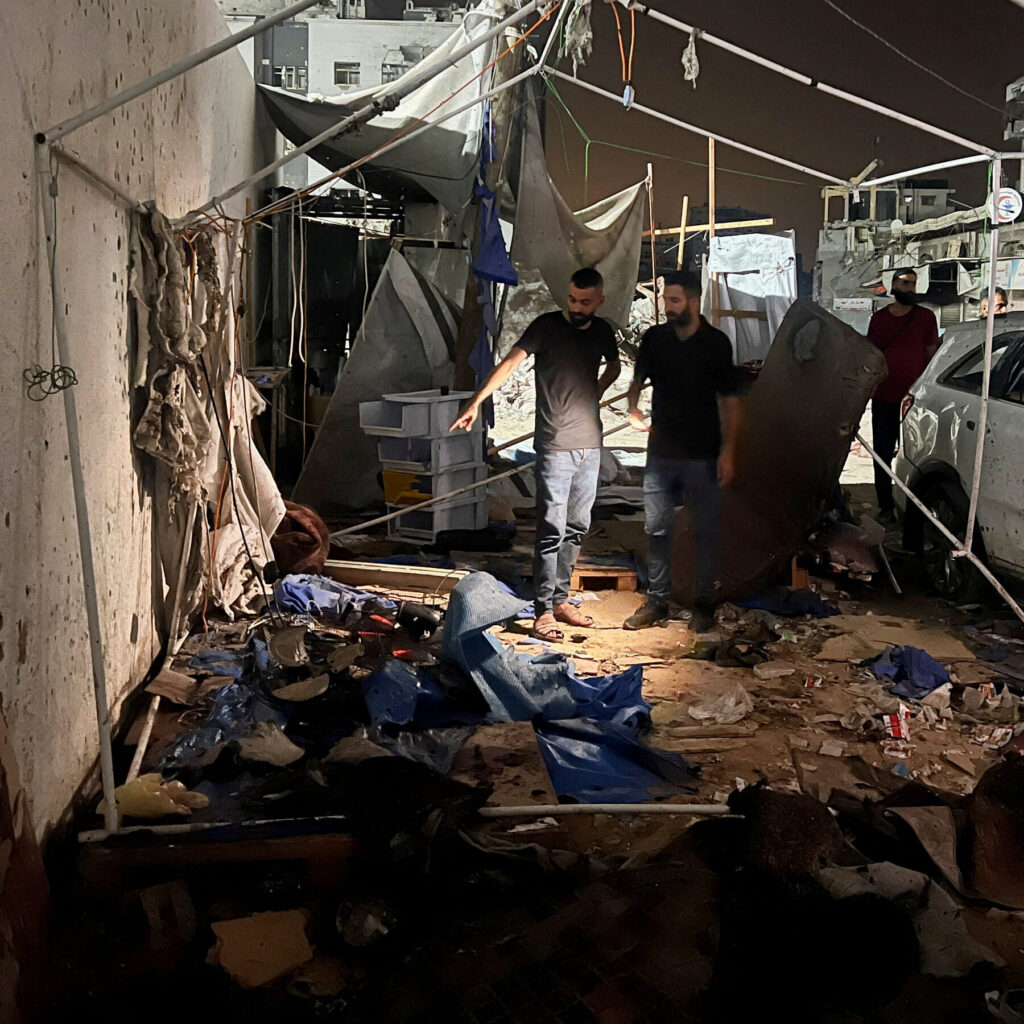At least 176 people have died after a Jeju Air passenger jet crash-landed at Muan International Airport in South Korea on Sunday morning, according to authorities.
The Boeing 737 aircraft, operating as flight 2216 from Bangkok to Muan, veered off the runway during landing around 9 a.m. local time and collided with a wall, officials from the Korean Ministry of Land Infrastructure and Transport confirmed. The flight carried 175 passengers and six crew members.
The National Fire Agency reported that the official death toll has steadily risen since the crash. Of the deceased, 83 were women and 82 were men, while 11 bodies remain unidentified. The crash followed a warning from the control tower about a potential bird strike. Shortly after the alert, the plane’s pilot issued a mayday distress signal, and clearance for an emergency landing was granted.
Video footage from the scene appears to show the plane landing at a high speed with its landing gear retracted, potentially signaling a malfunction. Flames and thick black smoke engulfed the crash site, and by 1 p.m. local time, the plane was completely consumed by fire.
Rescue operations recovered two survivors from the wreckage — a male and female crew member — who were transported to a hospital. Their conditions remain undisclosed. Authorities, including the transport ministry, are investigating the cause of the crash. A temporary morgue has been set up at the airport, and the site remains cordoned off as recovery and investigation efforts continue.
Jeju Air, a South Korean low-cost carrier operating a fleet of 42 Boeing aircraft, expressed deep regret over the incident. In a statement posted on its website, the airline said:
“We deeply apologize to all those affected by the incident at Muan Airport. We will make every effort to resolve the situation. We sincerely regret the distress caused.”
As a mark of mourning, Jeju Air replaced its orange logotype with a black version on its website’s landing page.
The tragedy has shaken South Korea, sparking questions about aviation safety and emergency response readiness as the investigation unfolds.



























